This is the General part of the guide. If you want to read about Mulligan or Alternate & Tech cards, check out the second part! (Premium) For other Token Druid guides, check out the Token Druid section.
Introduction
Token Druid archetype was really popular during the Hearthstone Beta. The current TGT deck is actually very similar to the old one, with just a few small changes. Introduction of certain TGT cards and those small changes were enough to make the deck viable again. And viable it is! I’ve grinded it all the way from rank 15 to Legend this season on Eu with a pretty significant 74% win rate.
The problem with Token Druid before TGT was that Druid didn’t get any good constructed class cards since vanilla. Naxx, GvG and BRM all made other decks stronger and Token Druid was just sitting in the same place. Thanks to the TGT, the archetype has became viable again.
The deck works really nice this season. It has good win rate against the Paladin and Hunter. The Patron Warrior and Dragon Priest matchups are harder, but definitely winnable. Due to really fast and aggressive start it should work very well against slow decks that didn’t get their early answers. If you sneak some damage in the early game, it’s pretty easy to finish enemy off with the combo.
Card Choices
The deck is a lot faster and more combo-based than the standard Midrange Druid. The main win condition is early pressure into Savage Roar or Force of Nature + Savage Roar. Even though a lot of cards are the same as in the Midrange version, they’re used much more aggressively. Swipe on the face or Druid of the Claw in charge mode to deal 4 damage is a very common sight.
The supporting win condition is Violet Teacher + Power of the Wild combo. With just a few small minions or other spells (especially the new Living Roots) you can easily turn small board into a really big threat.
The deck runs no Wild Growth. There are a few reasons for that. First, unlike the standard Midrange Druid, your actually have quite a lot of turn 2 plays. Second, since you want the early board presence to pressure the enemy, you prefer to play a minion on turn 2 instead of skipping it. Third, Darnassus Aspirant serves as a quasi-Wild Growth, allowing you to curve from 2 mana to 4 mana a lot of times.
It also runs two copies of Savage Roar but only one Force of Nature. It’s because Savage Roar gets much more value here. While the Midrange Druid deck usually has to combo both of those together, with Token Druid you’re often gonna have big enough board presence to just finish the game with Savage Roar only. All the small tokens you spawn gain a lot of value – you often have 4-5 minions on the board even pretty early in the game. A lot of games are won on turn 6 thanks to the double Savage Roar. Force of Nature, on the other hand, is often more situational. It’s a 6 mana card so it pumps up your curve, which you don’t really want to. If you’re stuck with 2x Savage Roar early, you’re often gonna find good use for them anyway. If you’re stuck with 2x Force of Nature, it’s not gonna be that helpful. Yes, sometimes one copy is gonna get stuck at the bottom of your deck and you’re never gonna draw it. But the thing is, with this deck you usually don’t even need it to win.
Here are the card choices with the reasons why they’re in the deck:
Innervate – Great tempo play – you sacrifice card advantage in order to get your threats out sooner. Turn 2 (or 1 with Coin) Violet Teacher followed by some spells might actually win you the game. It also lets you fix your curve, especially on turn 3. Your only 3-drop is Harvest Golem, but you’re gonna Innervate out Druid of the Claw or Azure Drake a lot of times. It also helps with the Violet Teacher combos.
Living Roots – It’s good because it’s flexible. On turn 1, you can summon 2x 1/1 to gain the tempo advantage. You can remove enemy early threats with 2 damage for 1 mana. It’s much more clean way to deal with things like Knife Juggler or Mad Scientist than the Wrath. You can combo it with the Violet Teacher or Power of the Wild. You can also use it before your Savage Roar turn in order to get more minions on the board. Or you can just get 2 points of face damage if you need to finish your enemy off.
Power of the Wild – A vanilla 3/2 for 2 mana is okay if you have no other turn 2 play. It usually pushes for some damage or trades 1 for 1, which is fine. But the card has a lot of late game potential thanks to the second option – giving all your minions +1/+1. It’s something like the new Competitive Spirit, but on demand. Since you run a lot of tokens and small drops, it’s really easy to gain like +5/+5 in total for just 2 mana. Combos very nicely with Violet Teacher – not only it makes the Teacher more sturdy, but it also buffs the 1/1 Tokens that are summoned.
Wrath – Serves as an early game removal. Great against early minions that just have to be killed or enemy can snowball – Darnassus Aspirant or Mechwarper are good examples. Later in the game it either helps you with the trades or you can just deal 1 damage and cycle it. That’s actually really strong – early game removals are often useless when drawn late in the game. Wrath is always useful, because if not for the damage, you can just dig deeper into your deck.
Darnassus Aspirant – One of the strongest cards introduced in TGT. There aren’t many 2-drops that can just snowball the game if not removed. What’s great about this card is that it’s low risk, high reward. If it gets removed, you’ve just played a 2/3 2-drop that traded 1 for 1. If it stick to the board, you can follow it with a 4-drop, having BOTH the effect of Wild Growth and a 2/3 minion. Aspirant sticking onto the board for a few turns puts you in a great spot. And you can always Silence it with Keeper of the Grove to keep the effect permanently.
Haunted Creeper – It’s not gonna push for a lot of damage and doesn’t do much by itself, but is a great minion in this deck. The reason is that it’s annoying and hard to deal with. It sticks on the board most of time, because enemy doesn’t really want to kill it. And you want things to stick – you gain much more Savage Roar value. The 1/1’s you get from Deathrattle are good targets for Power of the Wild buff – you can gain +2/+2 from just the Creeper’s Deathrattle. It’s also awesome against other fast decks – a great way to deal with enemy aggressive 1-drops like Leper Gnome or Southsea Deckhand. In the meta where you play against a lot of Secret Paladins, it trades 1 for 1 with the Shielded Minibot and is a great way to clear all the 1/1’s.
Savage Roar – Your main win condition. Generally you want to keep those to finish enemy off, but there are other uses for your Roars. If you have some tokens available in the early game, you can use it as a removal. With let’s say four 1/1’s (pretty possible scenario) on the board, you can deal 14 damage distributed among 5 targets. In case you have a lot of small minions on the board and you know enemy might AoE them next turn, you can take the Savage Roar’s value and push for damage. It’s a good tactic if it puts enemy at low health and you have other ways to deal final points of damage. This way if enemy AoE’s your board, he often won’t be able to heal and in case he heals/Taunts, your board is saved. In this deck, Savage Roar can consistently push for 10-12 damage for 3 mana. Very strong card.
Harvest Golem – 3-drop slot is still pretty weak in Token Druid. There are three best options: Harvest Golem, Shade of Naxxramas and Druid of the Flame. All of them have their pros and cons, but I’ve decided to play the Harvest Golem in the end, because it fits the Token Druid strategy the most (you can read more about it in the second part of the guide). The 2/3 for 3 mana is very weak, but the strong thing about it is that it needs to be killed twice. Even though the second part has only 1 health, it still works fine most of time. Great way to have some early board presence and combined with other small drops, spells or your Hero Power, it allows you to make some good trades. Like a lot of your other minions it’s sticky, so works well with Savage Roar. It’s GREAT against fast decks, because it usually gets 2 for 1.
Swipe – This card has two purposes. Against other fast decks, it’s mostly a removal. Great way to deal with a lot of small minions. Against Paladins and Hunters it works very well. The second purpose is to push for damage – 4 damage for 4 mana is not the best thing ever, but it’s often just enough. It has awesome synergy with the Spell Damage. 1 damage part of the spell is pretty weak against anything other than Aggro, but 5 + 2 damage when you have Azure Drake out means it’s much, much stronger.
Keeper of the Grove – Another flexible minion. The 2/4 stats for 4-drop are really weak, but the effect is pretty powerful. You can Silence something – to get rid of buffs and make better trades, to not let enemy get Deathrattle value or to get through the Taunts. You can also deal 2 damage – to kill enemy small drop, to get better trades or to just push enemy. In most of the Druid decks, using it to deal 2 damage into enemy’s face is a bad play, but here, if you have nothing better to do, go for it. Every point of damage is precious and board presence is number one priority in this deck. Keeper of the Grove is best against fast decks, but the Silence part can do a lot against slow decks (like Silencing the Sylvanas Windrunner or Tirion Fordring).
Violet Teacher – This deck is quite spell-heavy – it runs a total of 13 spells, 10 of which are 3 or less mana. It’s very easy to get a lot of Violet Teacher value. And what’s great in this deck is that every 1/1 token it spawns can also get much better value thanks to the Power of the Wild and Savage Roar. Violet Teacher + PotW is one of the strongest combos when it comes to flooding the board. If your Violet Teacher sticks onto the board for just one turn, it can already gain a lot of value. You can easily flood the whole board while removing enemy threats at the same time. Very strong minion and one of your win conditions. But don’t mind dropping it on turn 4 just as a 3/5 minion even if you have no spells in your hand. Getting board presence is your number one priority and 3/5 vanilla minion for 4 mana is not that bad anyway.
Azure Drake – Since your deck is much faster, it needs ways to refill the hand. Azure Drake is one of them. A very solid minion which serves couple of purposes at the same time. It puts some board presence. 4/4 for 5 is not that good, but it’s better than nothing. It draws you a card, so you won’t run out of steam that fast. The +1 Spell Damage is also important – you can combo it with three different spells. Living Roots for 3 and Wrath for 4 (or 2 + cycle) are pretty strong, but Swipe is definitely a winner. Enemy rarely plays around 2 damage AoE from the Druid, which makes it a really strong turn 9 (turn 7 with Innervate) play. Cycling the card is also important – it lets you draw into your combo sooner, allowing you to close the games more consistently.
Druid of the Claw – Really staple Druid card. This time, however, like every other card in this deck, it can be used much more aggressively. Since you fight for the board control in the early game, you’re usually ahead on the board going into turn 5. This means that you often don’t even need a Taunt. Charging a Druid of the Claw deals 4 damage instantly and leaves a 4/4 enemy has to deal with, which is usually hard without board control. In Cat Form, it can consistently push for 8-12 damage if you know when to use it. Obviously, the Taunt mode is very good if enemy has some board presence or you have minions you want to protect – the 4/6 for 5 is pretty hard to kill by smaller drops. Can be combo’ed with Savage Roar on turn 8 as another way to finish the game – it deals 8 damage with no board presence, increasing a lot for every minion you have.
Force of Nature – A part of your combo. While it’s often not necessary to win with this deck, it’s still very nice. On turn 9, you can consistently finish the games with your combo. Pushing for damage in the early/mid game is relatively easy, so getting enemy below 14 before turn 9 happens a lot of times. So unless enemy has some Taunts or heals, finishing the game off with Force of Nature + Savage Roar is easy. You can also use this card as a removal – either to get rid of one big threat or to kill a few smaller ones. The fact that you can distribute damage among 3 targets is pretty good – in certain scenarios you can get 2 for 1 or even 3 for 1. Later in the game, even without the second part of the combo, you can use it as a finisher – 6 damage is often enough to kill the enemy after all the aggression.
Ancient of Lore – Another way to refill your hand and draw into your combo pieces. While you usually don’t want to go into the late game with this deck, Ancient of Lore allows you to do so. Around turn 7, you’re probably already out of cards, so starting the next turn after using the Lore with 3 cards instead of 1 is a big difference. The 5/5 are pretty bad stats for 7 mana, but it doesn’t matter – enemy has to get rid of it or it’s gonna push for a lot of damage (with this deck, 5 damage is something enemy can’t afford to take most of the time). Just like with the Azure Drake, thinning your deck is important when you play combo deck. The healing option (+5 health) is rarely needed, but it can be good when facing Aggro or when you already have all the cards you need to win in your hand and you just need to survive.
Dr. Boom – The biggest minion in your deck. Serves as another win condition. Besides the fact that it’s a really strong minion by itself, there are quite a few thing that are in favor of using him in this deck. First – around turn 7, you usually should have some board or board control. Dropping him when enemy has no minions is really strong. Second – most of the decks have already gone through their removals and some players even play the tempo Big Game Hunter to contest the board earlier (which is not necessarily a bad play, but can backfire). Third – the fact that it has three bodies means that it has good synergy with Power of the Wild and Savage Roar. Great card to top the curve, dropping it on turn 7 (or even 5 with Innervate) is pretty big and if it survives, you usually just win the game because of the damage it’s gonna deal.
Tips & Tricks
- Tempo is really important part of this deck. You don’t want to float the mana and you want to play on the curve. Innervate helps with fixing you curve, so use it properly. For example, Innervating out a Harvest Golem on turn 1 if you have no turn 2 play is usually wrong. On the other hand, if you have a 4-drop in your hand, you can Innervate it out on turn 2 and then follow-up with Harvest Golem on turn 3.
- Do not play into enemy removals, especially with Violet Teacher + Power of the Wild. Spawning full board of 2/2’s can be pretty good, but if you do that against Paladin that has used no Consecrations yet, it might be too risky. Go all in only if you’re in bad situation and you need to take risks in order to win OR if enemy is out of AoE removals already.
- Living Roots can deal damage to enemy Hero. I see a lot of people missing it, probably because the Wrath can only target minions. The 2 additional damage can be easily squeezed into almost any turn, for example making your combo able to deal 16 damage instead of 14 on turn 10.
- You can combo Force of Nature with Power of the Wild for 9 damage. It’s weaker than Savage Roar combo, but can still be enough damage.
- Count how much damage you have each turn. It’s really easy to miss lethal if you have Savage Roar in your hand. I’ve often had ~20 damage on the board around turn 4-5 thanks to the amount of small tokens sticking around.
- Silencing your own Darnassus Aspirant is often a good play. It exchanges the value of Silence for a free Wild Growth – once you Silence the Aspirant, the effect becomes permanent. Value of Silence depends on the matchup, but usually it’s worth less than a free Wild Growth.
- Use the Force of Nature as a removal if it protects your board or enemy plays a high priority target. Losing board advantage by trading everything instead of playing FoN and sacrificing the Treants is usually bad. Leaving enemy with something like Emperor Thaurissan on the board is also a losing play unless you’re really close to lethal and you need FoN to combo with Savage Roar.
- Protect your Violet Teacher. If it survives, it can lead to really easy victory. With the right cards in your hand, you can get crazy strong board as soon as turn 5. For example, playing Living Roots (summoning 2x 1/1) into 2x Power of the Wild leaves you with 6 minions on the board – 5/7, 4x 3/3 and 1x 2/2. That’s a total of 19/21 in terms of stats.
- You run a lot of direct damage, so finishing off enemies after your initial push should be pretty easy. Once you’re pretty close to killing the enemy and you can’t afford to clear enemy board, you can just start going face even if you depend on topdecking the last points of damage. Your Hero Power deals 1 damage, Living Roots and Keeper of the Grove deal 2 damage, Swipe and Druid of the Claw deal 4 damage, Force of Nature deals 6 damage and Savage Roar deals AT LEAST 2 damage (going up to 16 on full board). Between all of those, it’s rather easy to find the last points of damage you often need.
Closing
Token is in my opinion the most fun Druid archetype, because of all the Violet Teacher shenanigans you can do. It’s very easy to surprise opponent by turning empty board into 20 damage board in one turn. It’s also cool to see how much burst you can pull off – killing enemy with double Savage Roar on turn 6 when he’s at full hp is crazy.
The deck is also viable, not hard to learn and relatively cheap. You don’t need ANY legendaries to make it work (Dr. Boom is strong, but optional). Substituting Epics is much harder, but you can make it work even with only Commons and Rares. So if you’re trying to learn the Druid class, Token archetype would be a pretty good way to start.
I hope you’ve enjoyed the article. If you want to know more about things like mulligan, alternate & tech cards – check out the second part of the guide! If you have any thoughts, ideas or suggestions – leave them in the comment section below!





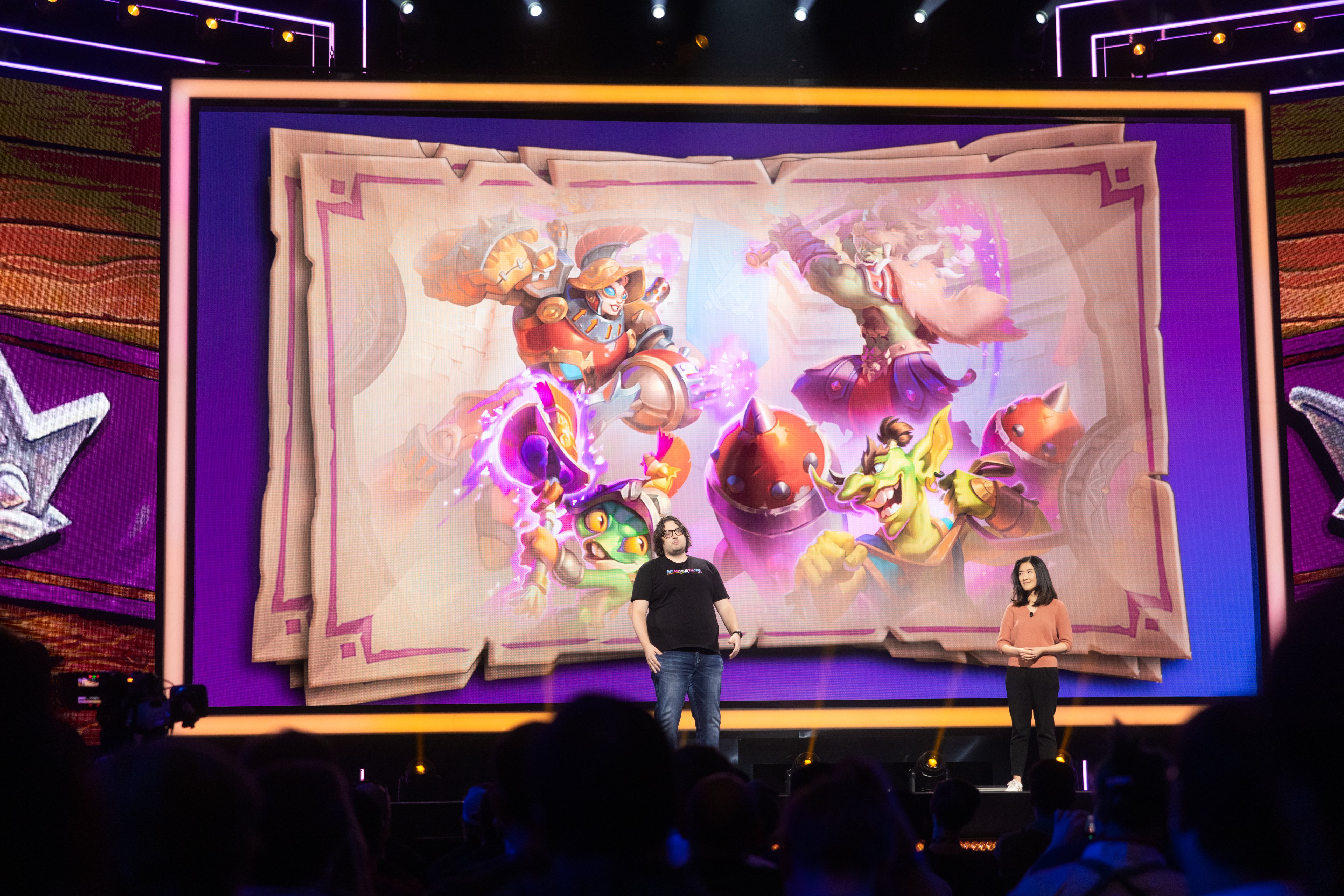
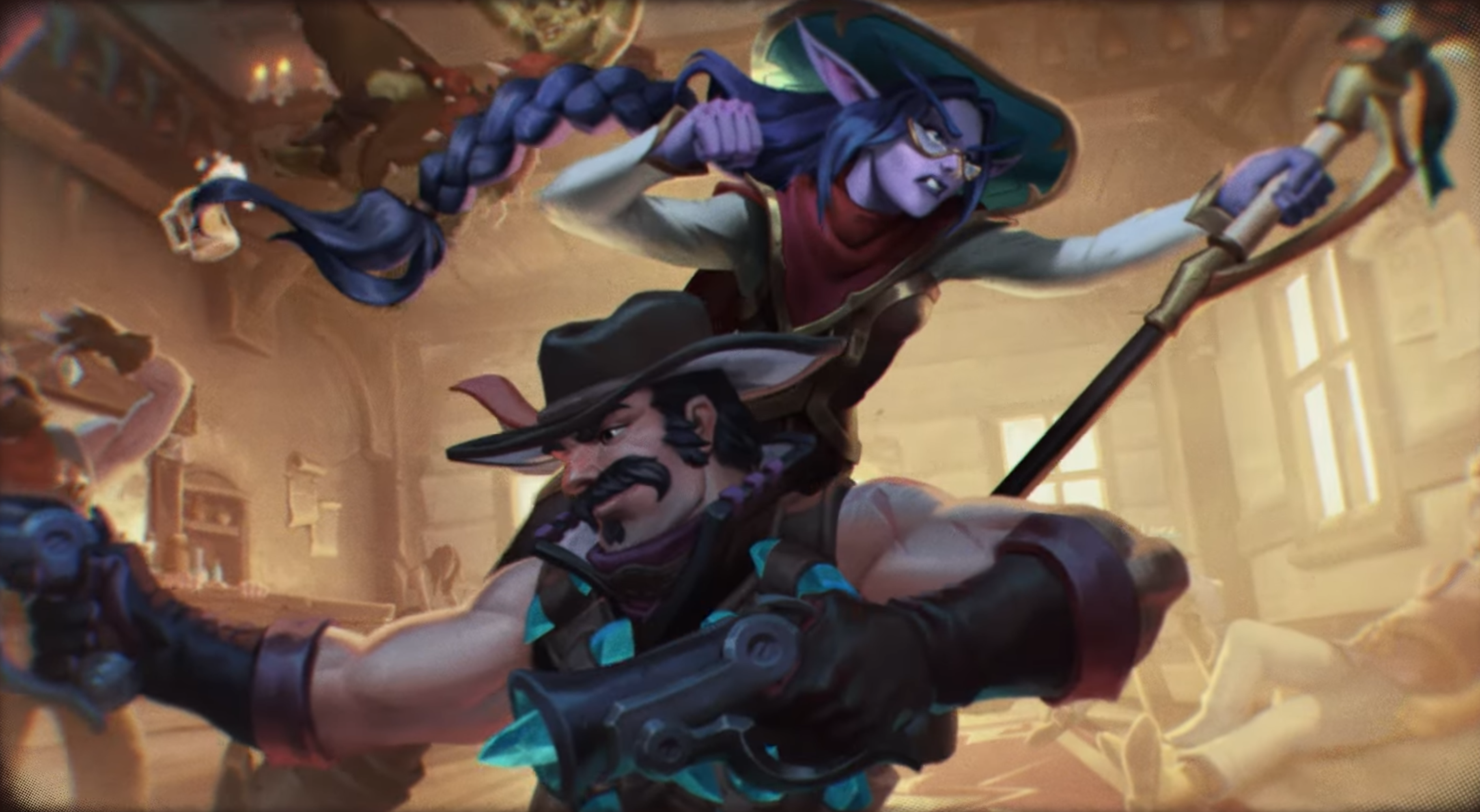
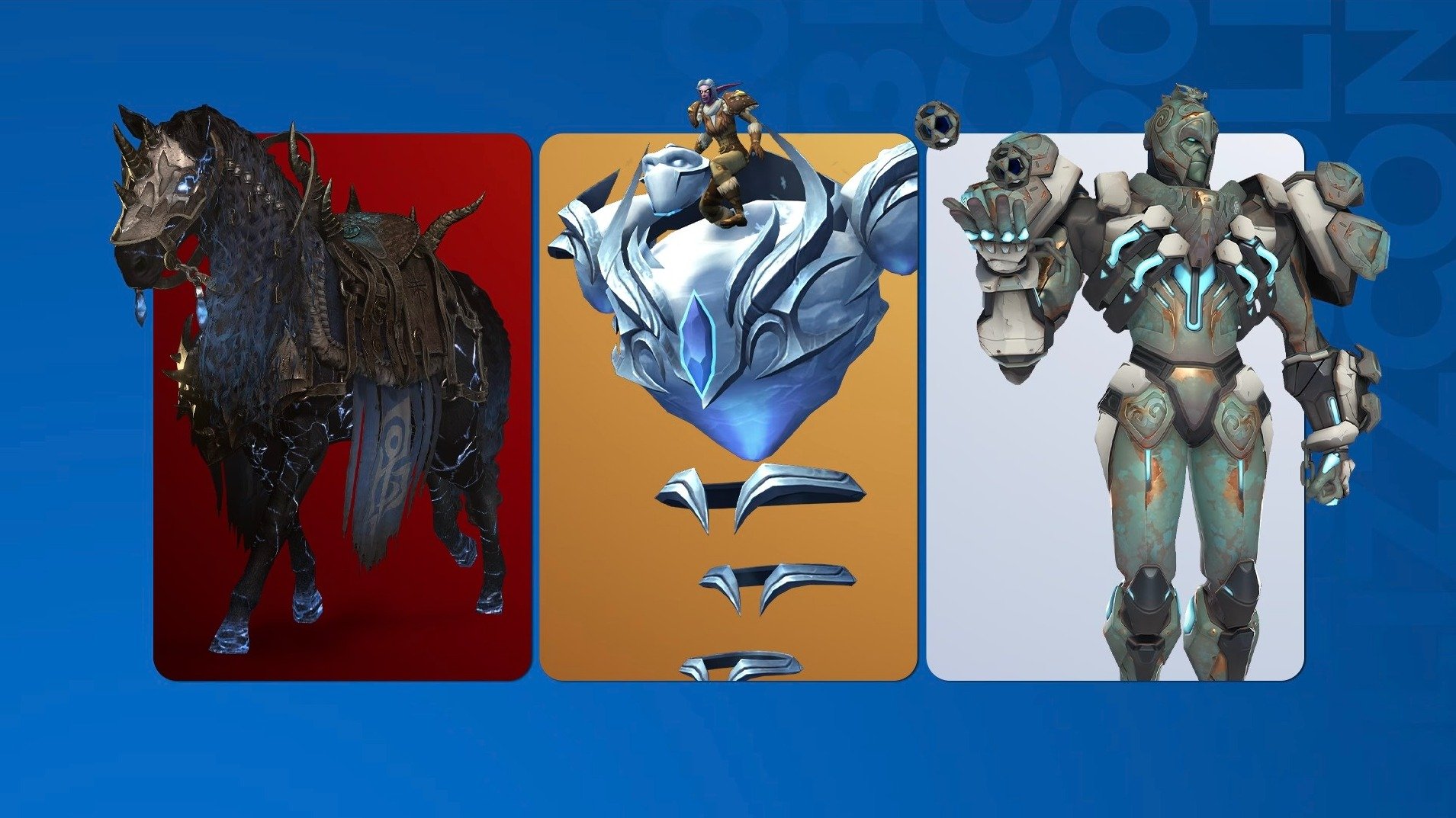
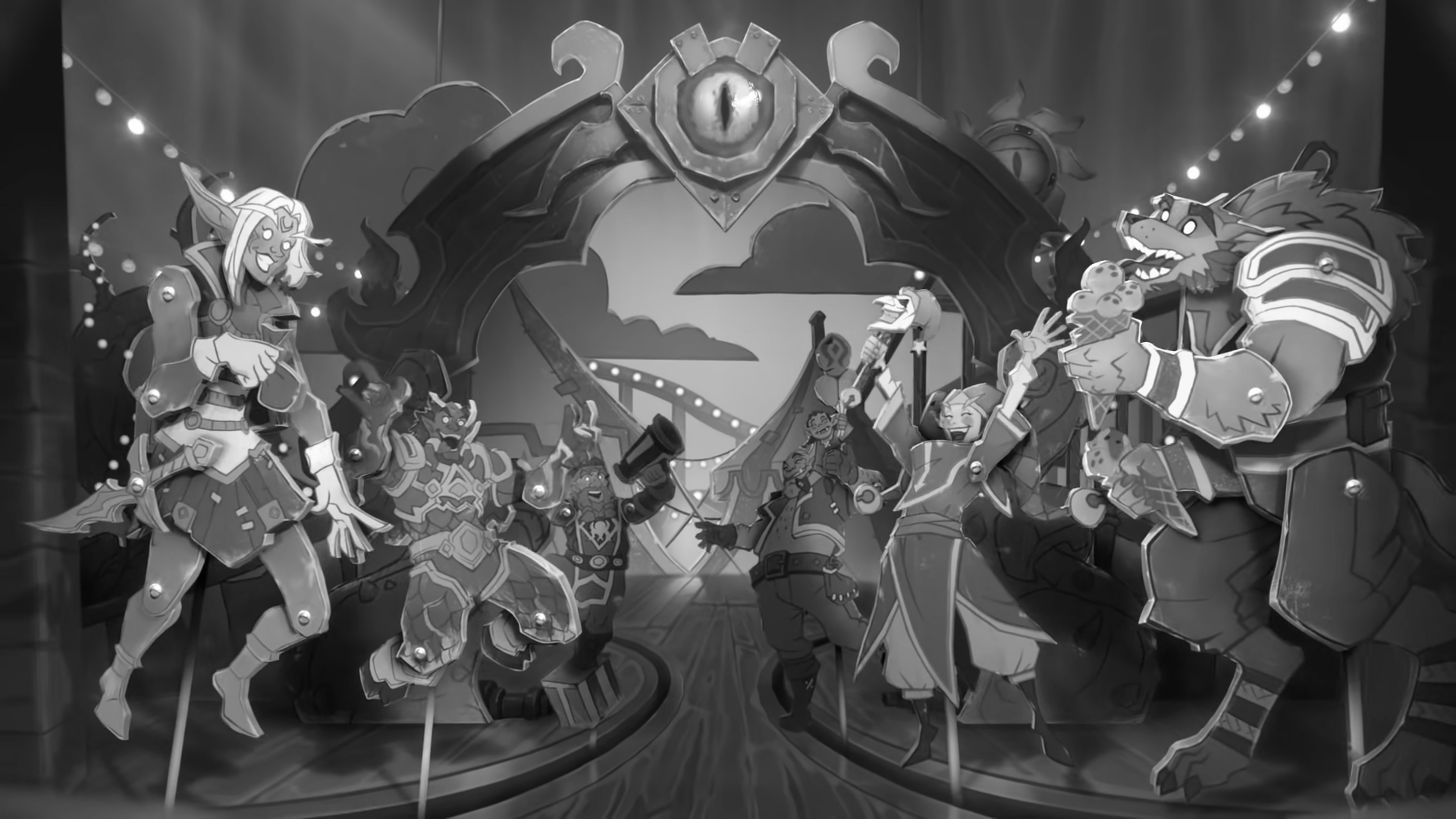
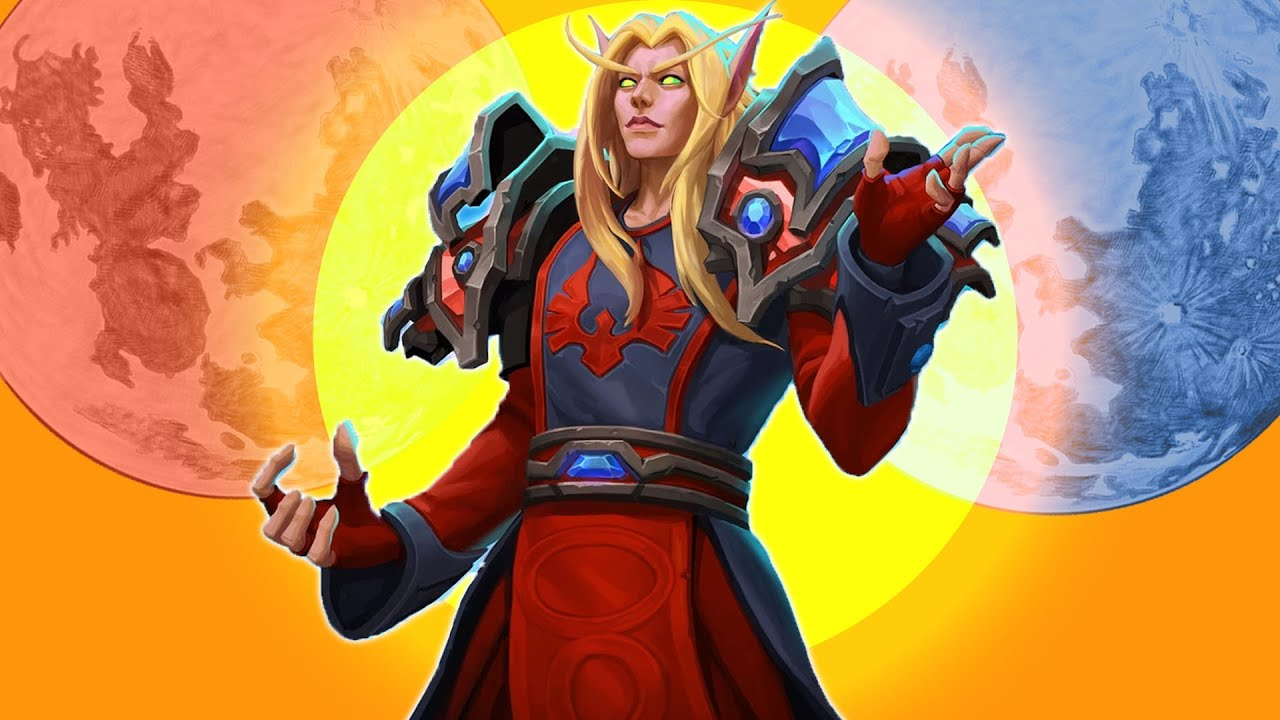
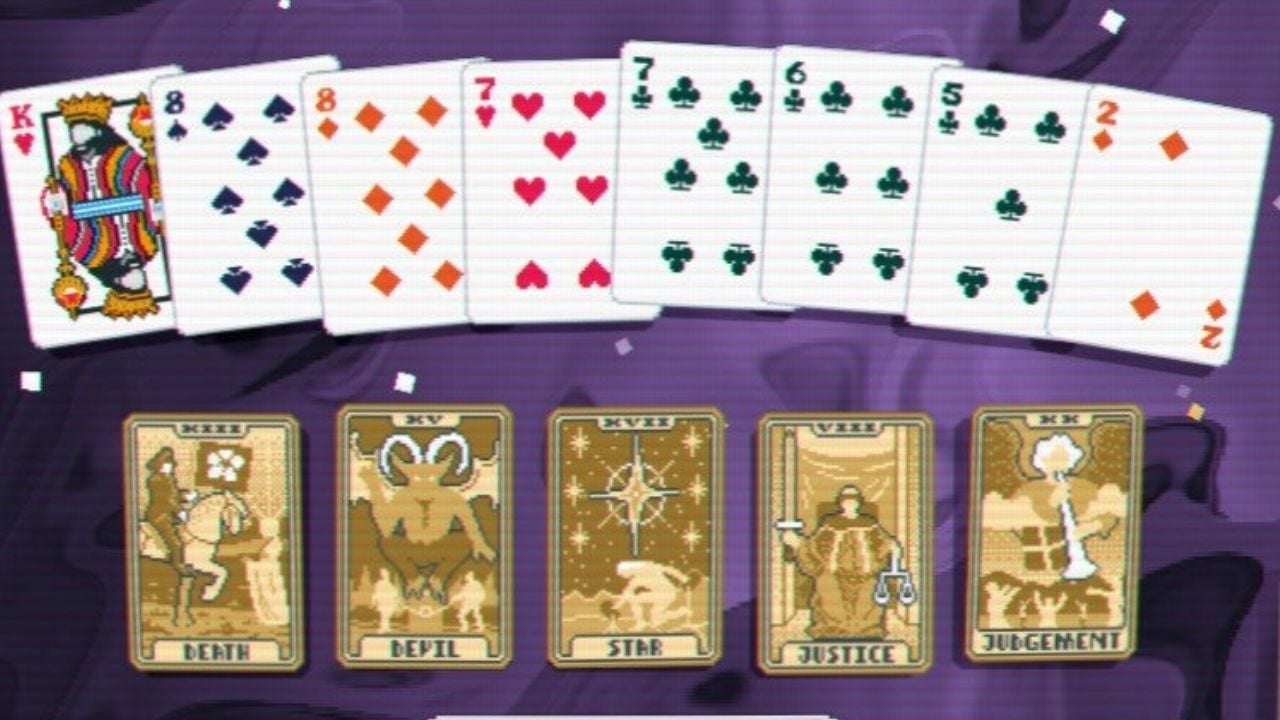
Published: Sep 9, 2015 10:07 am